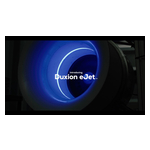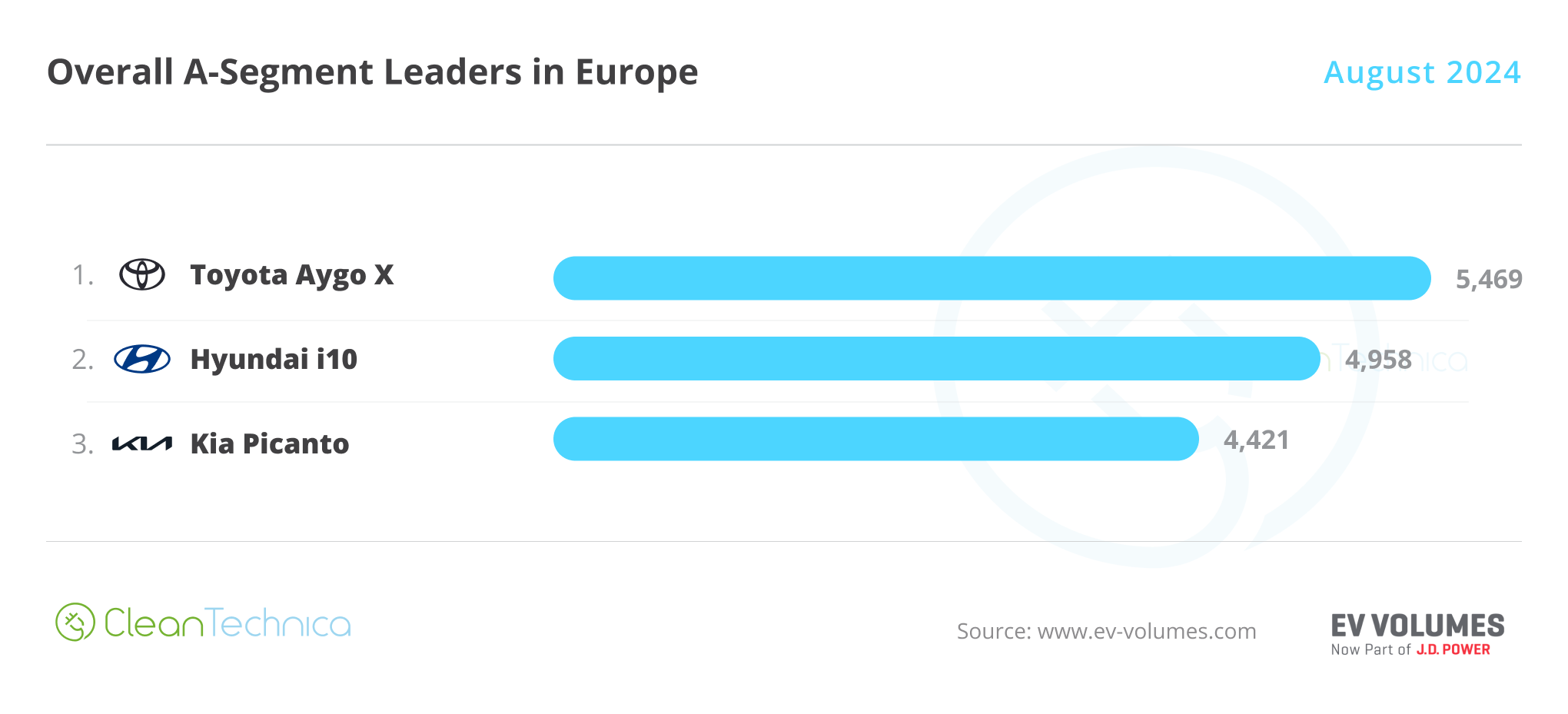Sign up for daily news updates from CleanTechnica on email. Or follow us on Google News!
Automotive stakeholders have been proclaiming that the solid-state EV battery of the future is just around the corner, but many drivers are not waiting around to see it. They are already buying electric cars here and now. Still, solid-state batteries offer faster charging and longer range, making them an essential part of the future mobility landscape.
Today’s EV Battery Is Good Enough…
Today’s EV batteries are a perfect fit for the daily needs of most drivers. Driving habits vary by age and location, but a recent analysis by the firm Recurrent puts the average at less than 45 miles per day, well within the range of a typical EV battery. “The average EV driver uses just 8% to 16% of their vehicle’s available range,” Recurrent emphasizes.
That is reflected in EV sales figures for the US. Though not as robust as their counterparts in Europe and Asia, EV sales in the US are closing in on the 10% market share milestone.
One key selling point is the state of today’s EV battery technology, along with the availability of home EV charging. Drivers with a home charging station can charge up overnight in the comfort and convenience of their own house, with every assurance that their battery will get them through the next day and then some.
While millions of households do not have a garage, millions do. The Ford Motor Company, for one, is promoting home EV charging to attract more auto buyers to the zero emission mobility side, solid-state battery or not.
…But The EV Battery Of The Future Needs To Be Better
Still, with millions more EVs anticipated on US roads, more drivers will need access to public charging stations. Faster-charging, longer-range batteries will be needed to help alleviate charging station congestion for these drivers.
The US Department of Energy tasked the National Renewable Energy Laboratory with putting up some numbers on the EV charging situation, and NREL estimates that 33 million EVs will be on the road by 2030, with 28 million charging ports needed to support them.
Though NREL foresees that 92% of those ports will be Level 1 or 2 chargers located at single-family homes, that still leaves 2.1 million Level 2 chargers needed at public and semi-public spaces including multifamily dwellings and workplaces along with retail locations such as shops, restaurants, and hotels. “Estimates show 182,000 (~1%) DC Fast charging ports would be needed at public charging stations, primarily to support those with no access to consistent off-street parking, as well as for long distance travel,” NREL explains.
I’m going to venture a guess that the demand for public fast-charging ports will rise as more drivers and/or their employers get used to the convenience of charging up whenever and wherever their day takes them, but that remains to be seen. If you have any thoughts about that, drop us a note in the comment thread.
The main point is that NREL expects public charging stations to shoulder a small but significant part of the EV charging landscape. Making those stations as easily accessible and convenient as a home charging station is the challenge, and that is where solid-state EV battery technology comes in.
The (Semi) Solid-State EV Battery Of The Future Is Now
CleanTechnica has been tracking the state of solid-state EV battery technology, and the consensus has been that 100% solid-state batteries will hit the market sometime around 2030. In the meantime, battery innovators have been introducing semi-solid technology to speed up charging times (see more solid-state battery background here).
That tracks with the latest news from the Chinese automaker JMEV, a pure play 100% electric vehicle firm. Last week the company hooked up with the EV battery innovator Farasis Energy to develop a full-on 100% solid-state battery.
“This includes accelerating the research and development of key technologies for solid-state batteries, facilitating industrial transformation and upgrading, and advancing the maturity and commercialization process of solid-state battery technology,” the new partners explained in a press statement.
“Solid-state batteries are seen as a competitive edge in new energy vehicle technology due to their high energy density, fast charging, long cycle life, and enhanced safety,” they emphasize.
Over the medium term, the partnership with JMEV will leverage Farasis’s current lineup of mass-produced semi-solid-state batteries. Farasis sailed across the CleanTechnica horizon in July, when the company dropped a hint about plans for a battery factory in the US, so keep an eye on that as well.
The long term goal closely matches that 2030 time frame. “Farasis Energy aims to complete the transition from semi-solid to solid-state battery commercialization within the next five years,” the partners stated.
In the meantime, Farasis’s new pouch-type EV battery will go into JMEV’s new, sporty “ELIGHT” sports sedan. According to the partners, the pouch battery features 10-minute charging capability for 400 kilometers (about 248 miles) of range, which should keep plenty of drivers satisfied as they go about their daily business.
Next Steps For 100% Solid-State EV Batteries
While the commercial-ready side of the solid-state EV battery space is already taking shape, researchers are still coming up with new formulas that can enhance performance and provide the EV battery supply chain with a more diversified foundation.
One new milestone has been reported by a research team from Osaka Metropolitan University. Instead of deploying a ceramic or glass-based material to replace conventional liquid electrolytes, the Osaka team has been working on a solid composite based on tantalum chloride and sodium chloride (chemical formula NaTaCl6) with the aim of improving conductivity at room temperature.
“The discovered solid electrolyte, Na2.25TaCl4.75O1.25, also has a higher electrochemical stability than conventional chlorides and superior mechanical properties,” the team reported.
“The results of this research are expected to make a significant contribution to the development of composite solid electrolytes, in addition to the glass and crystal solid electrolytes that have been developed to date,” explains Assistant Professor Kota Motohashi.
Closer to home, researchers at McGill University in Canada have just dropped word of a new ceramic-based solid-state EV battery with enhanced performance. Instead of deploying a dense plate for their electrolyte, the team created a porous membrane and filled it with a polymer material. The porosity enables lithium ions to scurry around the electrolyte without meeting resistance from the electrodes.
Follow me via LinkTree, or @tinamcasey on Threads, LinkedIn, and Instagram.
Photo (cropped): The EV battery of today is good enough (and then some) for most drivers, but automakers are banking on 100% solid-state technology for the electric vehicles of the future (new ELIGHT sports sedan courtesy of JMEV).

Have a tip for CleanTechnica? Want to advertise? Want to suggest a guest for our CleanTech Talk podcast? Contact us here.
Latest CleanTechnica.TV Videos
CleanTechnica uses affiliate links. See our policy here.
CleanTechnica’s Comment Policy





